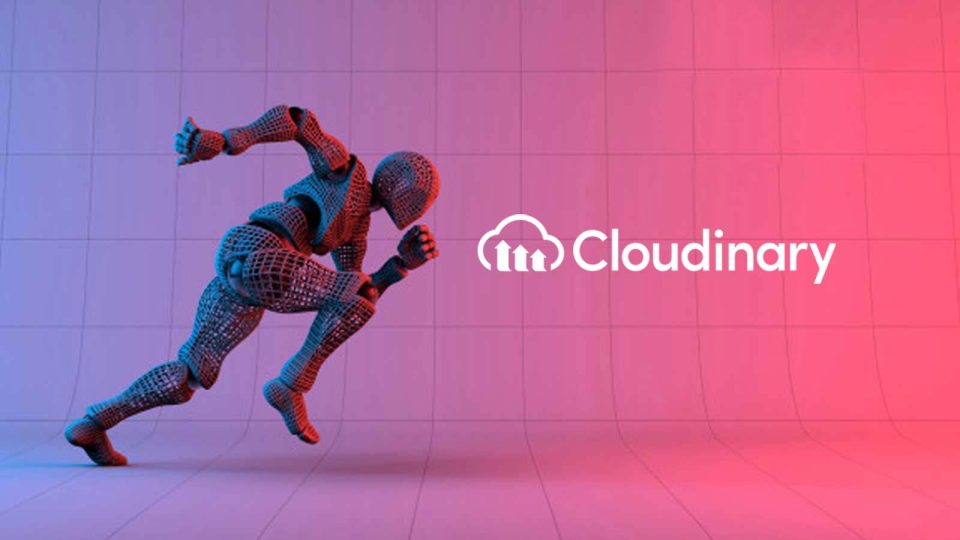AI saving brands an average of 34 working days per month; most countries now officially mobile-first; and well-optimized images and video help brands greatly reduce their carbon footprints
Cloudinary launched its fifth annual State of Visual Media Report, offering an in-depth look into how the world’s most engaging brands are harnessing the power of visual content to deliver more compelling and profitable digital experiences, at scale. Representing an analysis of 8.5 trillion visual asset transactions across 439 global brands, the Cloudinary report offers insights into the major role AI continues to play in image and video optimization, the visual experience “must haves” when it comes to Gen Z consumers, and the near global dominance of mobile-first experiences. The report also reveals how properly optimized visual content is helping brands greatly reduce their digital carbon footprints.
“Since our inaugural report, the world has seen unprecedented global events and seismic shifts in demographics and social attitudes transforming consumer expectations and market behavior”
Generative AI continues to take hold. This year’s report reveals that brands were exceptionally fast to adopt new AI capabilities. AI is not only helping to bridge the labor shortage of web developers, but it’s also freeing tech teams to do more strategic work and be more productive. After analyzing just one month of data across 180,000 users, Cloudinary determined that AI automation features saved customers an average of 34 working days.
CIO INFLUENCE News: Circana Increases Data Flexibility with Liquid Data Platform in Microsoft Azure’s Hybrid and Private Clouds
Mobile is King. Three industries dominate reaching customers via mobile devices over desktops: retail and consumer goods (75.3%), food and beverage (73.1%), and financial services (63.5%). While mobile has emerged as the preferred way to browse the web in most countries, there are still major geographical differences. 76% of media requests in Mexico originate from mobile, and just 41% in Japan. In terms of demographics, and according to a recent Cloudinary e-commerce survey, Gen Z (73%) consumers primarily shop online using their smartphones, and these digital natives aged 11-26 are also the most likely group to use a brand’s app to shop (26%).

Website carbon footprint a key consideration. As consumers raise expectations for their favorite brands to operate more sustainably in the face of the climate crisis, CIOs and CMOs are finding ways to optimize their online images and videos as part of the solution. A company’s website can contribute to a large carbon footprint with bandwidth-hungry images and videos, as serving and storing them demands servers that need power to run and be cooled. Visual media optimization is showing to be a clever solution. If we look at just one month of the sample data in this year’s report, CO2 savings, thanks to optimization, were impressive: each customer saved an average of 5,342kg of CO2, roughly the same as 5 long-haul flights.
CIO INFLUENCE News: Automation and Ongoing Maintenance With CAST Grounds AI
Images and video are the story
“Since our inaugural report, the world has seen unprecedented global events and seismic shifts in demographics and social attitudes transforming consumer expectations and market behavior,” said Genevieve Haldeman, vice president, corporate marketing, Cloudinary. “This year’s report offers an in-depth look into the ways in which brands are managing and delivering image and video content to meet these challenges. From retail to publishing, travel to entertainment, one consistent thread remains. When it comes to successfully engaging today’s consumer, images and video no longer play leading roles in the story. They are the story. What was once considered a leg up is now table stakes and something brands must get right.”
CIO INFLUENCE News: Greenberg Traurig Adds New IP Associate to Boston Office
[To share your insights with us, please write to sghosh@martechseries.com]


